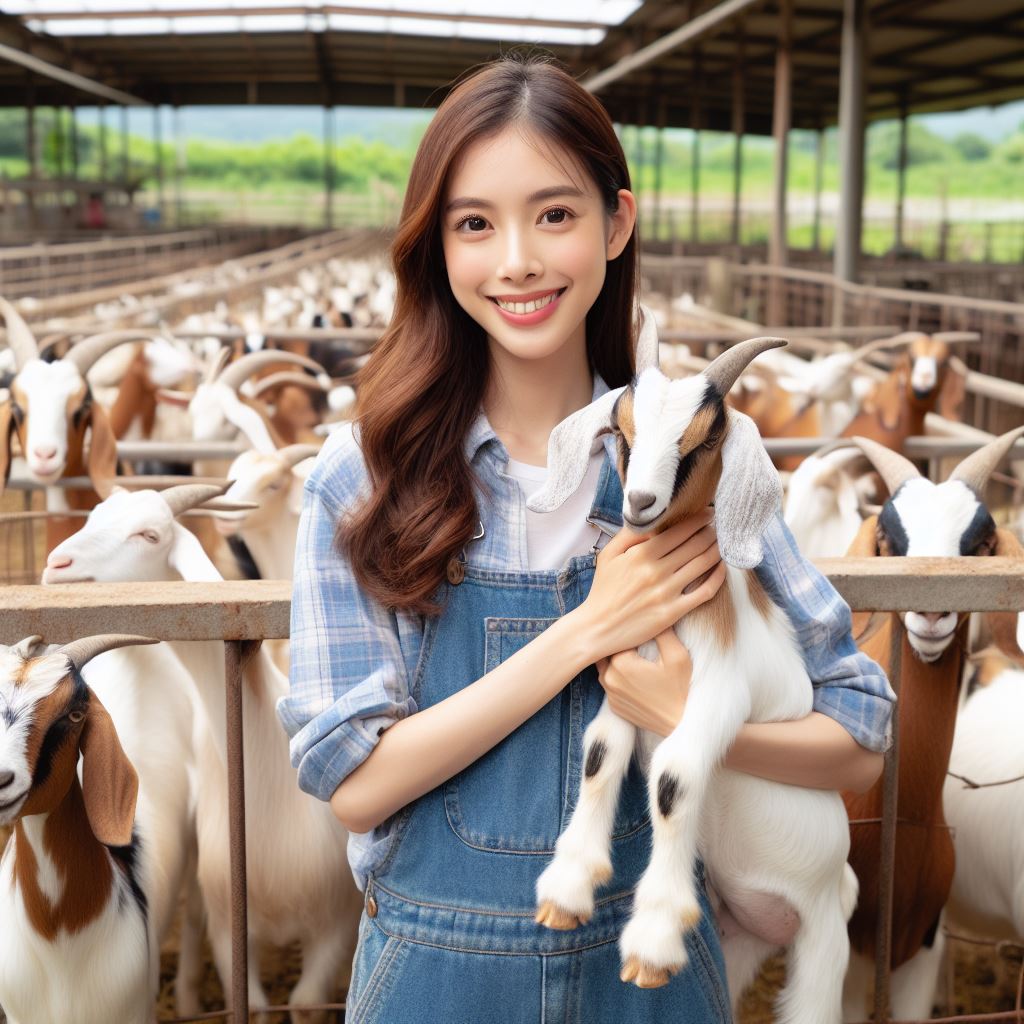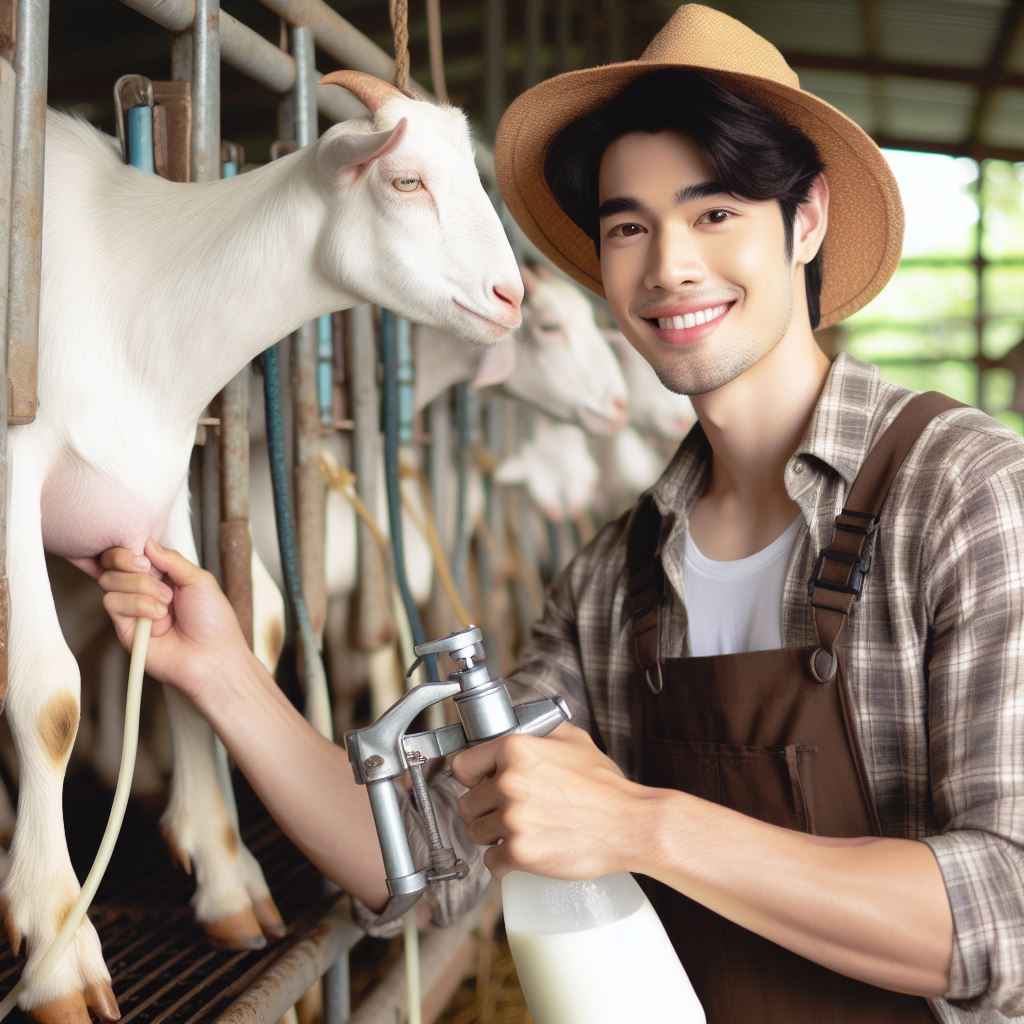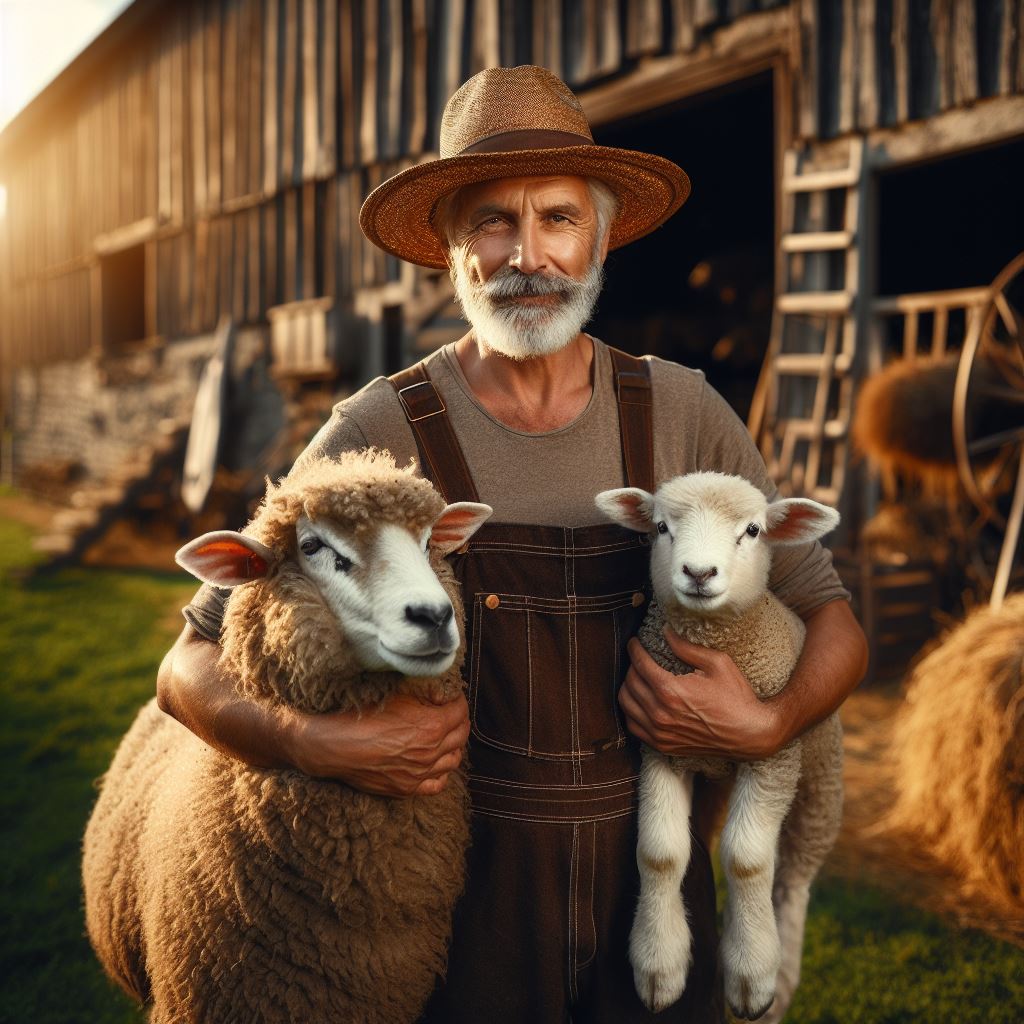Introduction
Brief description of meat goats
In the world of livestock production, meat goats play a significant role.
These goats are specifically raised for the purpose of providing meat to consumers.
Meat goats, raised primarily for their meat production, include breeds like Boer and Kiko.
Known for robustness and rapid growth, these goats thrive in various climates.
Successful meat goat farming involves proper nutrition, healthcare, and breeding for optimal yields.
Importance of choosing the right breed for meat production
Choosing the right breed for meat production is crucial, as different breeds have varying characteristics that can affect meat quality and yield.
Selecting breeds like Boer or Kiko ensures robust growth, high-quality meat, and adaptability to diverse farming conditions.
Importance of proper management techniques
Proper management techniques are also vital in ensuring the success of meat goat farming.
This includes providing appropriate nutrition, ensuring proper housing and shelter, and implementing effective disease control measures.
By selecting the right breed and employing proper management techniques, meat goat farmers can maximize meat production and ensure the highest quality product for their consumers.
Common Meat Goat Breeds
Boer
- Description: Boer goats are large, muscular animals with a distinctive white body and a reddish-brown head.
- Origin: Boer goats were developed in South Africa in the early 1900s for meat production.
- Characteristics: They have a fast growth rate, good carcass yield, and high fertility.
- Advantages: Boer goats are known for their excellent meat production and adaptability to different climates.
- Disadvantages: They may require more intensive management and are susceptible to certain health issues.
Kiko
- Description: Kiko goats are medium-sized animals with a compact body and a variety of coat colors.
- Origin: Kiko goats were developed in New Zealand in the 1970s as a hardy meat breed.
- Characteristics: They are known for their excellent maternal instincts, hardiness, and parasite resistance.
- Advantages: Kiko goats are low-input animals that require less intensive management and perform well in pasture-based systems.
- Disadvantages: They may have slower growth rates compared to other meat goat breeds.
Spanish
- Description: Spanish goats come in a variety of colors, including black, brown, and white.
- Origin: Spanish goats were brought to the Americas by Spanish explorers during the colonization period.
- Characteristics: They are hardy, adaptable, and excellent foragers, able to thrive in challenging environments.
- Advantages: Spanish goats have a high resistance to parasites and diseases, making them low-maintenance animals.
- Disadvantages: They may have a lower meat yield per animal compared to other meat goat breeds.
Savanna
- Description: Savanna goats are medium to large-sized animals with a white coat and a well-muscled body.
- Origin: In the 1950s, South Africa developed Savanna goats by combining various breeds.
- Characteristics: They have excellent adaptability, high fertility rates, and good meat quality.
- Advantages: Savanna goats exhibit resistance to diseases, adapt well, and demonstrate high growth rates.
- Disadvantages: They may require more feeding compared to other meat goat breeds.
Read: Essential Goat Breeds for American Farmers
Factors to Consider When Choosing a Meat Goat Breed
Purpose of raising meat goats
- Identify if your goal is to sell meat goats for profit or for personal consumption.
- Determine if you want to breed goats that have good meat production qualities.
- Consider if you plan to participate in goat shows or fairs.
Climate and environmental factors
- Evaluate the climate of your location as certain breeds may be more suitable for specific climates.
- Take into account if your area experiences extreme weather conditions like heatwaves or cold spells.
- Consider the availability of grazing land and access to clean water sources.
Available resources and facilities
- Assess the size of your land and determine if it can accommodate the number of goats you plan to raise.
- Make sure you have adequate fencing to protect your goats from predators.
- Consider if you have the necessary equipment and facilities for goat handling, feeding, and breeding.
Market demand and preferences
- Research and identify the demand for specific meat goat breeds in your local market.
- Consider if there are any ethnic or cultural preferences for certain goat breeds.
- Evaluate if there are any existing potential buyers or markets for your meat goats.
Personal experience and expertise
- Take into account your previous experience with raising goats and your knowledge of their management.
- Consider if you are willing to learn and adapt to the specific characteristics and requirements of different goat breeds.
- Assess if you have access to mentors or experts who can guide and support you in raising meat goats.
Choosing the right meat goat breed for your needs and circumstances is essential for a successful venture.
By carefully considering the purpose of raising meat goats, climate and environmental factors, available resources and facilities, market demand and preferences, and your personal experience and expertise, you can make an informed decision and ensure the profitability and sustainability of your meat goat operation.
Read: Managing Goat Health: Essential Tips

Management Techniques for Meat Goats
Managing meat goats effectively requires attention to various aspects of their care and well-being.
Transform Your Agribusiness
Unlock your farm's potential with expert advice tailored to your needs. Get actionable steps that drive real results.
Get StartedFrom providing appropriate housing and fencing to ensuring proper nutrition and health care, each component plays a crucial role in maintaining a thriving goat herd.
Housing and Fencing
Proper housing and fencing are essential for the safety and security of meat goats.
Constructing well-built and spacious housing helps protect them from extreme weather conditions and provides a comfortable environment.
Sturdy fencing prevents escapes and safeguards goats from potential predators.
Nutrition and Feeding
Nutrition is a significant factor in the management of meat goats.
Offering a suitable diet is crucial for their growth, reproduction, and overall health.
A balanced diet should consist of high-quality forages, grains, and necessary supplements to meet their specific nutritional requirements.
Establishing feeding schedules and providing adequate quantities of food ensure that goats receive the necessary nutrients.
Access to clean and fresh water is vital for proper hydration, digestion, and overall well-being.
Goats must have constant access to clean water sources to prevent dehydration and promote optimal health.
Health Care and Parasite Control
Regular health care and parasite control are essential to keep meat goats healthy.
Implementing vaccination protocols as recommended by veterinarians helps protect them against common diseases.
Routine check-ups and appropriate treatments allow early detection and management of any health issues.
Additionally, deworming programs are critical to control internal parasites, which can significantly impact goat health and productivity.
Breeding and Reproduction
Breeding and reproduction management are paramount in meat goat farming.
Selecting suitable bucks and does based on breed standards, genetics, and reproductive soundness ensures a high-quality herd.
Proper planning of the breeding season, including synchronizing heat cycles and employing proper mating techniques, increases the chances of successful pregnancies.
Adequate pregnancy and kidding management, including monitoring, proper nutrition, and timely assistance if needed, contribute to successful pregnancies and the health of both does and kids.
Overall, effective management techniques are crucial for the success and well-being of meat goat farming operations.
Carefully consider and implement proper housing, fencing, nutrition, feeding, health care, parasite control, and breeding management.
By prioritizing these management techniques, farmers can ensure the health, productivity, and profitability of their meat goat herds.
Read: Fencing Solutions for Sheep and Goats
Conclusion
Recap of the importance of choosing the right breed for meat products
Choosing the right breed is crucial for successful meat production. The breed should meet industry standards and have desirable meat traits.
Recap of key management techniques for successful meat goat farming
Effective management techniques include proper nutrition, parasite control, shelter, and regular health checks to ensure the goats’ well-being and productivity.
Showcase Your Farming Business
Publish your professional farming services profile on our blog for a one-time fee of $200 and reach a dedicated audience of farmers and agribusiness owners.
Publish Your ProfileEncouragement to further research and seek professional advice before starting a meat goat operation
Embark on your meat goat farming journey with knowledge as your guide.
The right breed, proper care, and industry insights pave the way for a successful and rewarding venture in meat goat production
It is recommended to conduct further research and seek professional advice before starting a meat goat operation.
This will help in making informed decisions and maximizing profitability.




